By Jennifer L. Bristol, C&NN Finding Nature

I love watching birds. What I love more, is seeing a child’s face light up when they notice a bird for the first time. Not when they just see one, but when they truly notice a bird’s behavior and feel excited in making the connection with a wild creature. Perhaps that moment comes when they first notice a tenacious American Robin tugging a worm from the soil and then bouncing away joyfully with its prize. Or observing a flock of Sandhill Cranes fly by in a V-formation on a crisp fall day. Perhaps that connection happens when they see a bouquet of hummingbirds dancing around a nectar feeder.
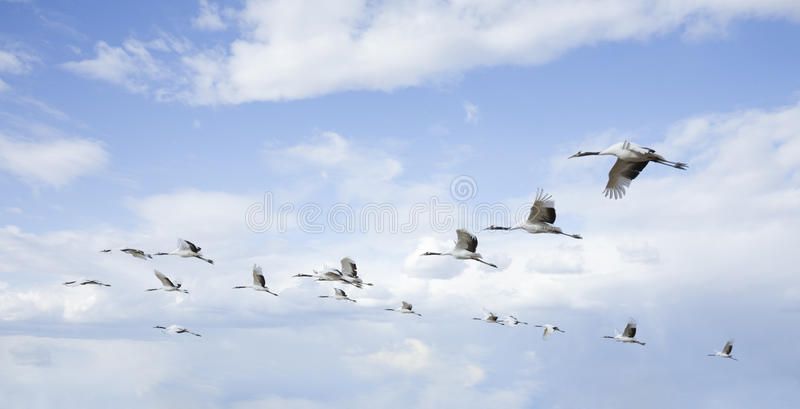
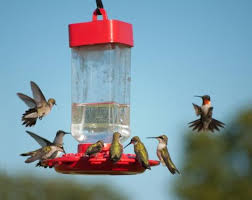
My special connection with birds happened when I was eight years old and living in the northwest corner of Montana. There was a marsh not too far from the house where my brother and I played. I first became enchanted by the song of the Red-winged Blackbirds, however, as spring rolled into summer, seven fuzzy yellow and brown ducklings emerged from the cattails with their mother. I became obsessed and went to the marsh every day, rain or shine, to watch the ducklings follow along behind their parents and slowly become full-grown ducks. I was sad to see them leave in the fall, but when my mother explained they wintered in my home state of Texas, I realized ducks were very wise indeed and I look forward to their return.


Birding is a fun, low-impact outdoor activity that adults and kids can share together. Here are a few tips I recommend for getting started, keeping it interesting, and being safe, especially in the time of social distancing.
You don’t have to be an expert.
Sometimes parents shy away from doing an outdoor activity with their kids because they feel like they don’t have enough knowledge or skills. Luckily, there are all kinds of books and apps to help families find places to birdwatch and identify what they are seeing. The bird group, Audubon, has a full list of guides and apps that make it fun to learn together.
Set up a feeding station.
One of the best places to start birding is from your own balcony, yard, or shared outdoor space. A hummingbird feeder is a perfect way to attract the flamboyant feathered friends as they arrive across North America in April and stay until late August. A feeder for the seed eaters is another option to attract colorful birds. Make sure that all bird feeders and watering stations are a safe distance from windows and are cleaned regularly to protect the birds. Check out Wild Birds Unlimited or your local store for feeder options.

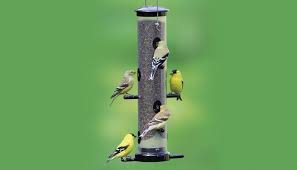

Where to go?
When I bird with kids, I always take them to a nature center or park where I know we will see a good verity of easy to identify birds. Local nature centers or parks that have a water feature, bird blind, or feeding stations are good places to start. If the parks in your area are closed, consider birding the edges of the park’s or along a quiet neighborhood street. I use the website eBird.org to look for good birding locations in my area.
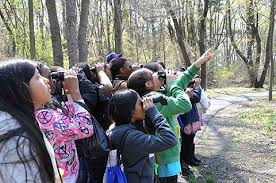
What to take?
A pair of binoculars really enhance the connection to the birds for kids and adults. And they can make a great gift! Have the kids practice adjusting the focal range before leaving the house so they are comfortable with them in the field. I still love a good guidebook, however, there are also cool apps, such as iBird Pro, that allow users to look up birds based on shape, color, location, or sound.
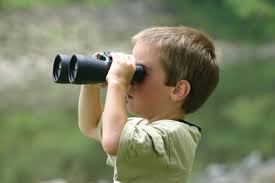

Create a birding game.
Kids love games that include earning points or collecting the most of something. Recording observations in eBird will let kids track how many birds they have observed for the day, week, month and year. A simple homemade chart works just as well; both can be used to create a game that turns observations into prizes or rewards. Consider making a map that tracks all the places you and your kids visit and what birds you find at each location and on what day.

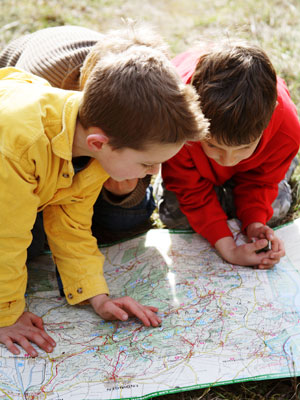
Storytime, art projects and lessons.
For younger children story time and art projects can reinforce the positive connection between a child and the birds they see. There are all sorts of coloring and storybooks that help children focus on the colors, shapes, or even the behaviors humans share in common with our feathered friends. Kids can create a nature journal to record what they see or even write letters to the baby birds in a nearby nest. Cornell Lab of Ornithology has k-12 lesson plans and online labs.
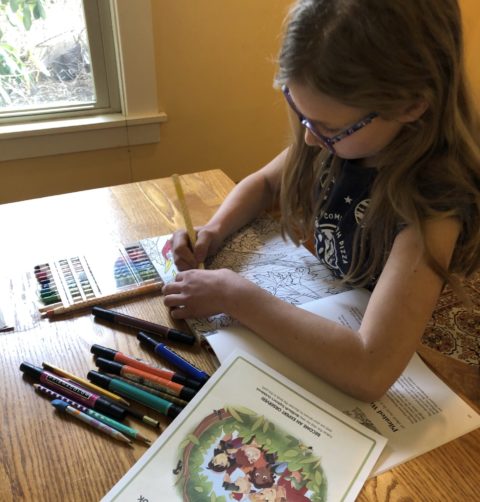
For more tips and ideas please stop by my blog at theatomoccowgirl.com or grab a copy of Parking Lot Birding. Either way, let’s get outside and enjoy the spring bird migration.
Jennifer L. Bristol is the author of Parking Lot Birding: A Fun Guide to Discovering Birds in Texas and contributes articles to Texas Parks and Wildlife Magazine and other publications. She is the former director of the Texas Children in Nature network and has created award-winning environmental education programs for multiple non-profits. She shares her love of nature with her husband and five silly dogs.
*Additional pictures by Birdingbnb